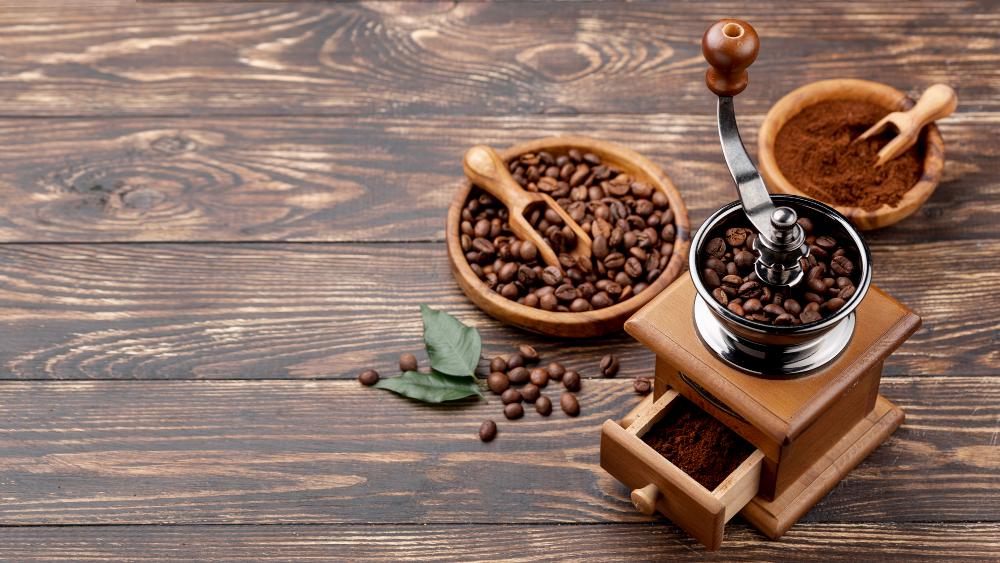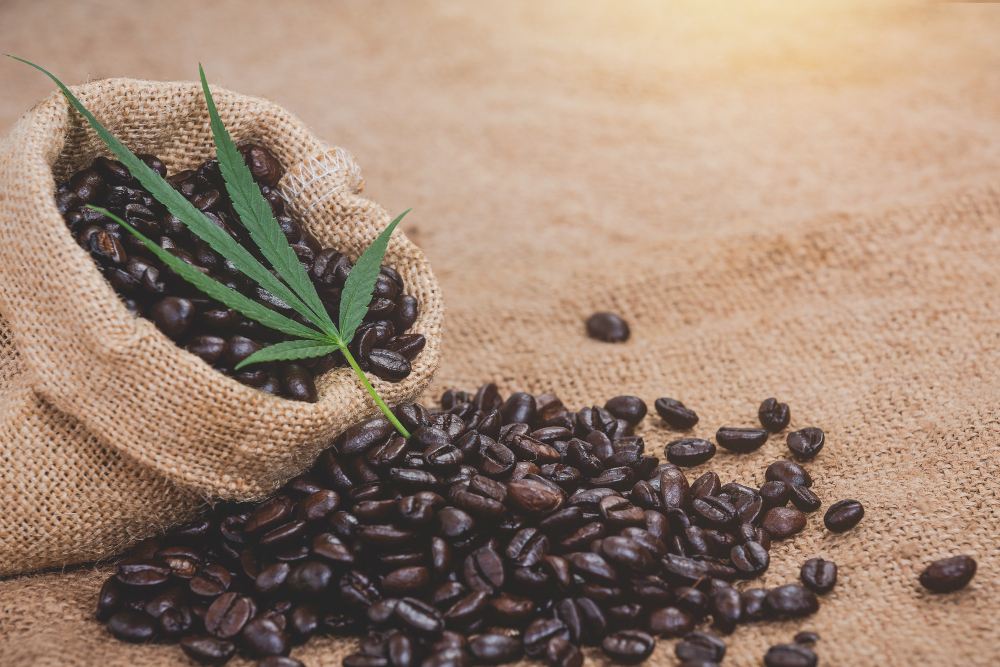What is the difference between Arabica and Robusta?

Strong 8k brings an ultra-HD IPTV experience to your living room and your pocket.
Arabica and Robusta are the most popular coffee varieties in the world. They form the bulk of the coffee market. Robusta and Arabica differ significantly from each other, and these differences are due to many factors - from the area where coffee trees grow to the set of chemicals in the beans.
Arabica and Robusta: How to Tell the Difference
To know how the varieties differ, you should know the types of coffee and their differences.
Arabica
About 70% of coffee grown is Arabica. The variety's homeland is Ethiopia. But today Arabica coffee trees can be found in almost all tropical countries. But growing factors directly affect the taste of the finished drink.
Arabica is called the Arabian variety in honor of the Arabian Peninsula, where coffee plantations were first cultivated. Arabica is a rather capricious variety and demanding of growing conditions:
- Abundance of sunlight
- The air temperature is not less than 15 degrees
- Plantations located in the highlands (ideally 1500 m above sea level)
- Mineral rich soil
- Stable humidity
Growing Arabica is a complex process. Coffee trees are susceptible to diseases. To get a rich harvest, the trees need to be carefully looked after - without abundant soil fertilization and artificial irrigation, it is almost impossible to increase the yield of the variety.
Robusta
The variety was discovered much later than Arabica. The region near the Congo River in Africa is considered the birthplace of Robusta. There is a historical reference to the fact that the first attempt to make coffee from Robusta beans was made in the 17th century, but the attempt was a failure – the drink turned out bitter and not aromatic.
Attention was paid to robusta only in the 19th century, when almost all Arabica plantations in Africa were destroyed by disease, and farmers began to actively cultivate the new variety. Already in the 20th century, robusta gained worldwide fame. Robusta accounts for 20% of the world coffee turnover.
Robusta is suitable for cultivation in many countries - it is grown in South America, Africa and Asia. Only a warm climate is important for robusta. All other conditions are secondary. The variety is less likely to get sick than Arabica, and can withstand the most unfavorable conditions. Robusta is valued for its unpretentiousness to soil and temperature changes, and resistance to diseases.
The difference between Arabica and Robusta
Arabica and Robusta differ not only in the taste of the prepared drink. There are several main features by which the varieties are distinguished:
- Plant type. The main difference: Arabica is a coffee tree, Robusta is a bush. Wild Arabica can reach a height of about 10 m. But such trees do not give a rich harvest. Therefore, Arabica trees with a height of no more than 4 m are grown on plantations. Robusta can grow up to 6.5-10 m without losing its yield.
- Plantation location . Arabica is demanding of the place of cultivation and prefers highlands. Robusta feels great even on plains at sea level. Robusta can be safely grown on plains and foothills. It withstands any conditions unsuitable for growing Arabica - the variety tolerates heat and lack of moisture without problems.
- Pollination . Arabica is a self-pollinating plant. Despite all the whims and difficulties of care, it has a significant advantage - Arabica is practically not subject to species changes. As a result, coffee beans guarantee a stable and predictable taste. Robusta is a plant with cross-pollination.
- Composition of the beans . Arabica contains a small amount of caffeine – no more than 1.5%. Robusta has more caffeine – 2.7%. Arabica is richer in lipids (17%), while Robusta has only 11%. Robusta has 2 times less aromatic oils than Arabica. At high altitudes, Arabica ripens longer, becoming saturated with sugars, which Robusta cannot boast of.
- Bean shape . Arabica and Robusta are easy to distinguish by the shape of the bean. Arabica beans are rounder, elongated, with a curved line running down the center of the bean. Robusta beans are small and round, with a straight line down the center.
- Processing . Arabica is pre-treated with moisture, then fermented, and only then dried. This is due to the fact that Arabica berries are denser and fleshier in structure. Robusta does not require pre-treatment.
Coffee flavor: Arabica and Robusta
Arabica and Robusta differ significantly in taste. And this is the main criterion for most coffee connoisseurs:
- Arabica . Sucrose in Arabica gives the drink sweetness. The significant content of essential oils determines the bright enveloping aroma of chocolate. Freshly roasted Arabica coffee has a slight sourness in the taste, citrus and fruit notes. The increased percentage of lipids and sugars make the taste of Arabica intense and acidic.
- Robusta . The variety is valued for its invigorating effect, which is possible due to the high caffeine content. The taste of robusta is an order of magnitude poorer than Arabica - tart and flat with a pronounced bitterness. Not everyone likes the bitterness. In practice, two methods are used to hide it: mix robusta with other varieties or prepare instant coffee drinks.
Which is better - Arabica or Robusta?
The two coffee varieties have their own connoisseurs. And there is no consensus on which variety is better. Some argue that robusta is not suitable for making coffee at all, as a single variety. Others are sure that robusta and arabica in tandem allow you to reveal unusual tastes.
Robusta allows you to get a good creamy foam in espresso, a high-density drink. But its taste has an unpleasant bitterness and a heavy aroma. Classic Italian coffee is almost always a tandem of Arabica and Robusta strongly roasted. Such mixtures are distinguished by an extraordinary taste and budget cost.
Robusta is an irreplaceable variety for making blends; it is much less common in single varieties. Robusta is added to a blend not only to obtain a lush foam, but also to reveal the taste and increase the strength of the coffee. The optimal ratio is 80% Arabica and 20% Robusta.
Note: IndiBlogHub features both user-submitted and editorial content. We do not verify third-party contributions. Read our Disclaimer and Privacy Policyfor details.







